Woman's Christian Temperance Union Administration Building
Introduction
Text-to-speech Audio
In 1910, the Woman’s Christian Temperance Union (WCTU), headquartered at the adjacent Rest Cottage, commissioned architect Charles R. Ayars to build the Literature Building. Constructed on the north side of the property, the Literature Building was designed to house the Woman’s Temperance Publishing Association. A decade later, the WCTU outgrew their offices in Rest Cottage and re-commissioned Ayars to expand the Literature Building to a three-story structure. In 1922, the WCTU relocated its headquarters from Rest Cottage to the newly dedicated Administration Building. Although built after Frances Willard’s death in 1898, the construction of both phases was overseen by Willard’s close friend Anna Gordon. Today the building houses the WCTU library and archives.
Images
Studio portrait of Anna Gordon.

Anna Gordon, Frances Willard's personal secretary, in her office at Rest Cottage (the front room on the left as viewed from the street), Evanston, IL.
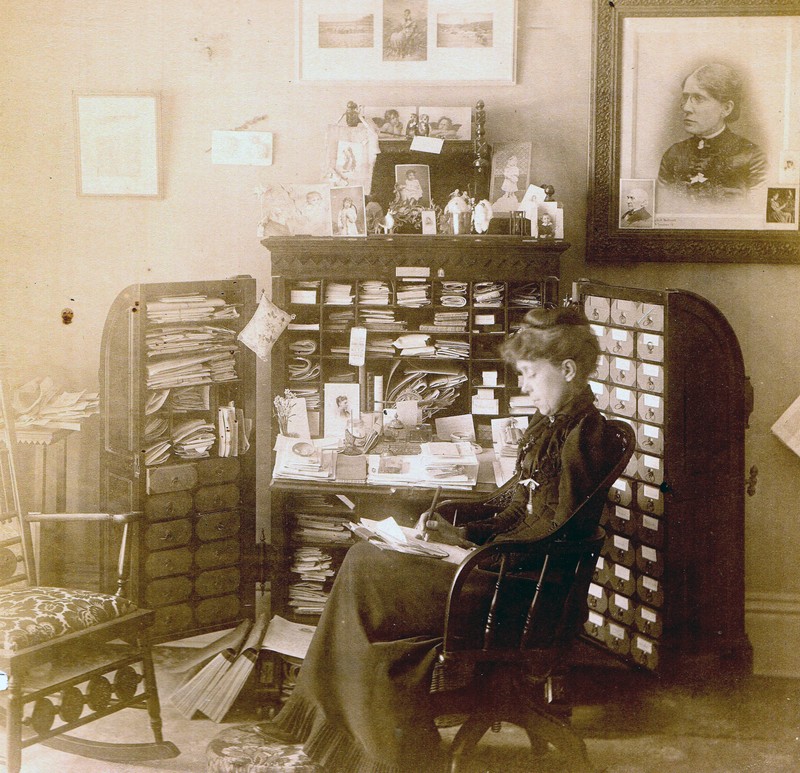
"Saloons Must Go" Sing-along tune written by Anna Gordon.
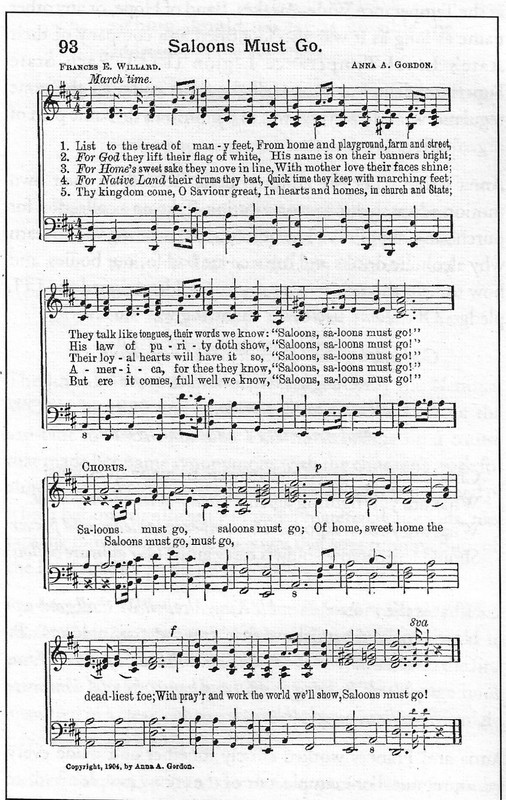
The two friends and colleagues, Anna (left) and Frances (right), sitting together.

Anna assists Frances as she learns to ride a bicycle.
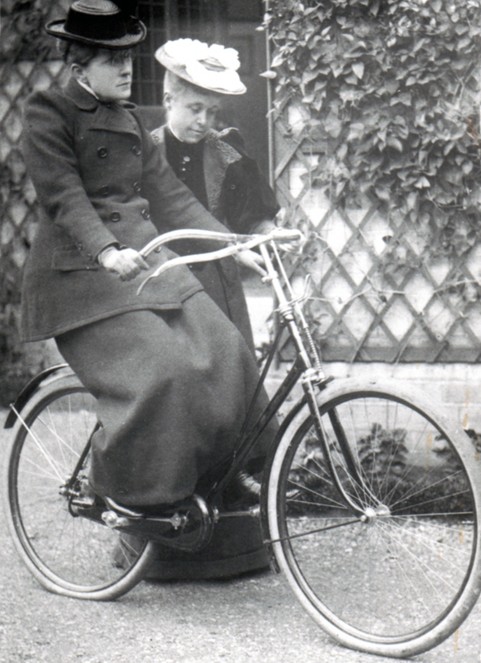
Woman's Temple building, Chicago, IL, 1892.
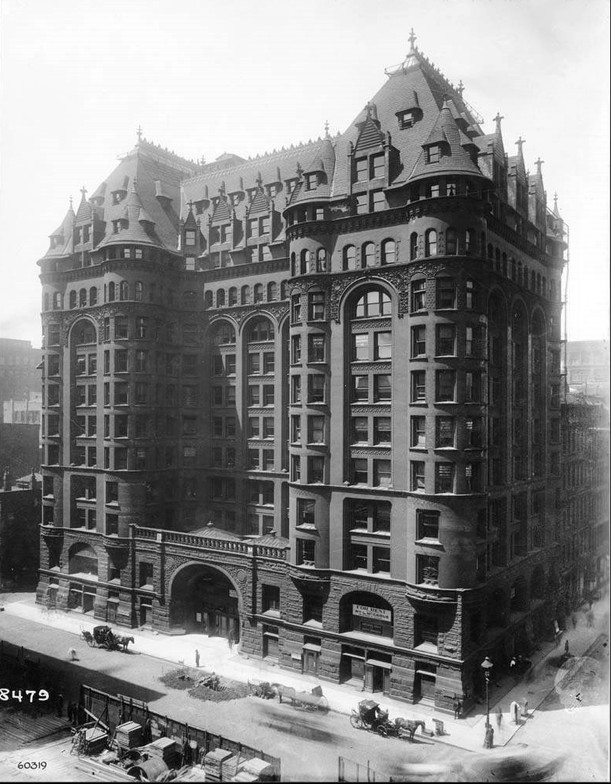
Anna Gordon the children's friend.
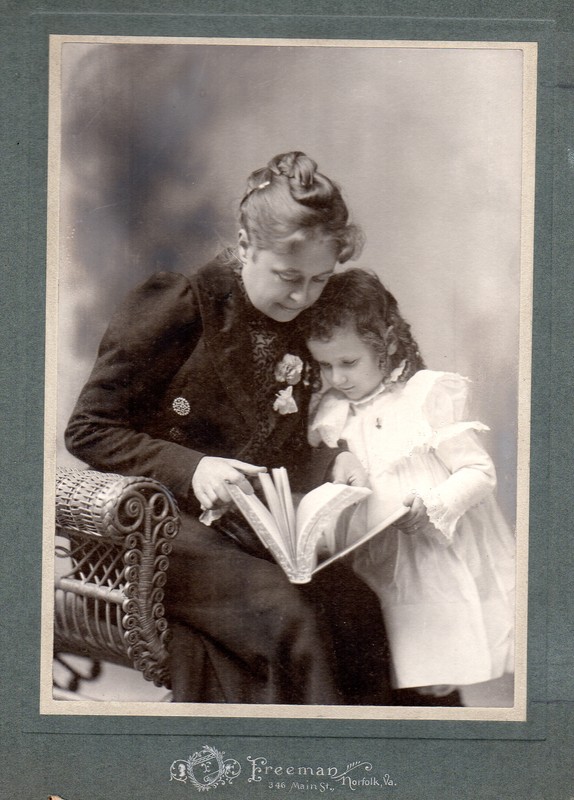
Anna Gordon's WCTU President's office in the newly dedicated Administrative Building, Evanston, IL, 1922.
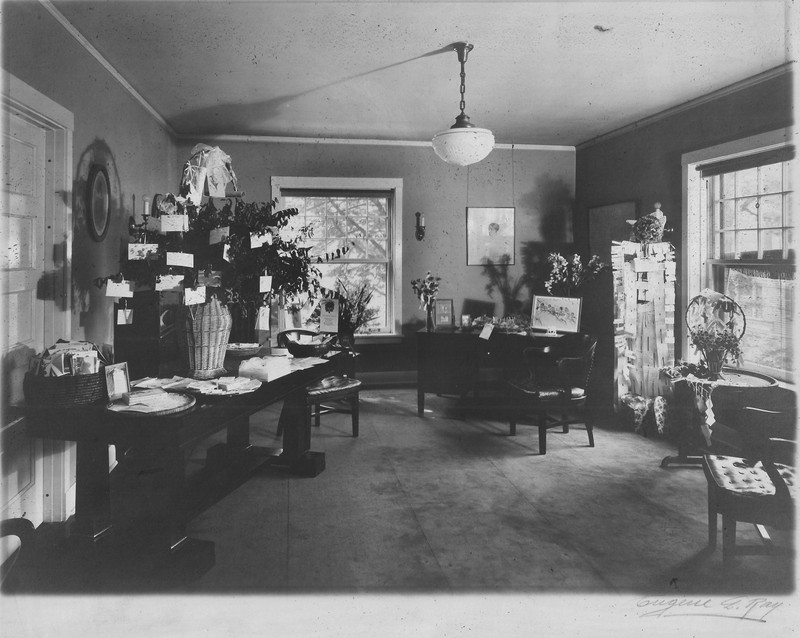
Backstory and Context
Text-to-speech Audio
Frances Willard served the Woman’s Christian Temperance Union for twenty-five years. Driven by her Methodist faith and progressive values, Willard traveled the country speaking to groups of thousands of women, advocating for women’s rights, and petitioning for the prohibition and regulation of alcohol. Through her leadership with the WCTU, Willard spearheaded successful and influential programs advocating and lobbying for labor rights, child welfare, prison reform, temperance education, and women’s suffrage. By the end of the 19th century,
Although a talented and formidable woman in her own right, Frances Willard owes much of her opportunity and success to a close group of capable and intelligent women. The most important of those relationships – especially throughout her WCTU career – was with Anna Gordon. The two met at an event hosted by Chicago evangelist Dwight Moody, whom Willard was working for at the time. Willard was scheduled to speak to a large group of women. When the organist failed to show up, Willard called for a volunteer, Gordon offered to play, and the two immediately hit it off. That serendipitous incident sparked what we become a life-long friendship [1].
By 1879, Frances Willard was elected president of the National WCTU. As Willard’s secretary, Anna Gordon became instrumental in developing the WCTU. She played a leading role in the WCTU’s youth education program, published numerous books and training guides, and composed sing-along tunes. Known as the “Patron Saint of Song,” Gordon often played her traveling organ at events [2]. Not only did she handle all of Willard’s correspondence, calendar, and event planning, Gordon began to take on more of the household responsibilities from Willard’s mother, Mary Hill Willard. The two women “worked together to provide Frances with a serene atmosphere,” hence the name “Rest Cottage” [3].
Gordon and Willard journeyed across the country and to Europe, pursuing the mission of the WCTU. As Willard’s health became a concern, Gordon helped her learn how to ride a bicycle – a highly liberating and progressive fitness activity for a 19th-century woman. And when Willard’s health precluded her travel, Gordon served as her proxy, even giving Willard’s presidential address at the 1893 National and World WCTU convention [4]. In 1898, Gordon remained with Willard when she fell ill and then passed away in a New York hotel. In her will, Willard bequeathed Rest Cottage to WCTU, with life tenancy to Anna Gordon, who continued to live there until her death in 1931.
Near the end of Willard’s tenure as president of the National WCTU, she relocated the organization’s headquarters from New York to Chicago. By 1892, the official WCTU office and corresponding Woman’s Temperance Publishing Association was in the Woman’s Temple building in Chicago’s downtown loop. At the time of Willard’s death, the WCTU voted to disassociate with the Temple due to financial concerns and inter-organizational conflict. The Temple, designed by the renowned architectural firm Burnham & Root, was torn down in 1926. The WCTU headquarters was relocated to Rest Cottage and subsequently to the adjacent Administration Building.
For the remainder of her life, Anna Gordon devoted herself to furthering the WCTU’s mission and perpetuating Willard’s work. In 1898, Gordon published a biography entitled, The Beautiful Life of Frances Willard. In 1899, she chaired the commission to select a sculptor for the statue of Willard to be placed in the United States Capitol’s Statuary Hall [5]. And by 1914, she followed in Willard’s footsteps to become the fourth president of the National WCTU. Although Willard did not live to witness the long-term results of her activism, in 1920, Gordon saw the fruits of their labor culminate in the enactment of the 18th Amendment (prohibition) and the 19th Amendment (woman’s suffrage).
Sources
[1] Virginia L. Beatty, Anna Adams Gordon: The Can-Do President (Evanston, Illinois: Signal Press, 2006), 16.
[2] Beatty, Anna Adams Gordon, 61.
[3] Beatty, Anna Adams Gordon, 17.
[4] Beatty, Anna Adams Gordon, 31.
[5] Beatty, Anna Adams Gordon, 37.
Photograph, Frances Willard Archives, Binder: Photos, WCTU Photograph Collection.
Photograph, Frances Willard Archives, Binder: Photos, Rest Cottage, Interior.
Virginia L. Beatty, Anna Adams Gordon: The Can-Do President (Evanston, Illinois: Signal Press, 2006), 22.
Photograph, Frances Willard Archives, Binder: Photos, WCTU Photograph Collection.
Photograph, Frances Willard Archives, Binder: Photos, Willard Portraits 1 of 3.
https://chicagology.com/goldenage/goldenage100/
Photograph, WCTU Photograph Collection
Photograph, WCTU Photograph Collection
